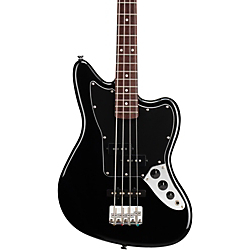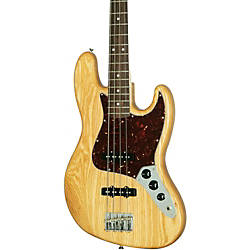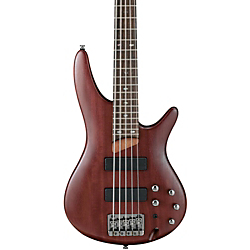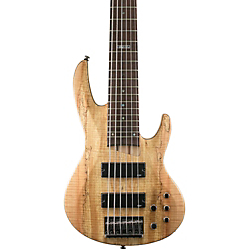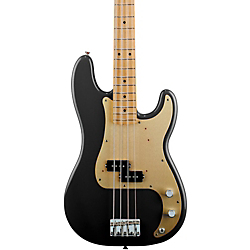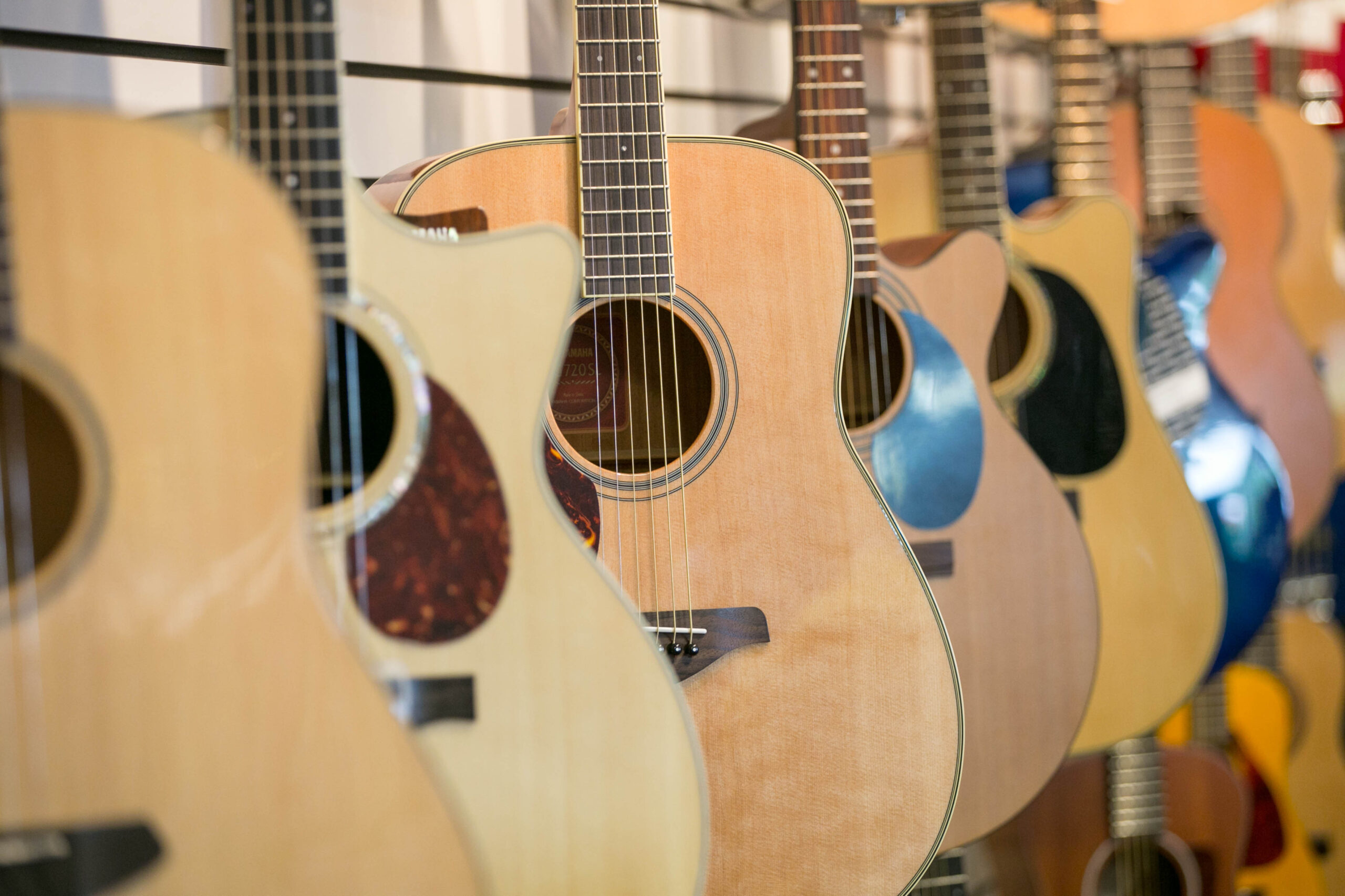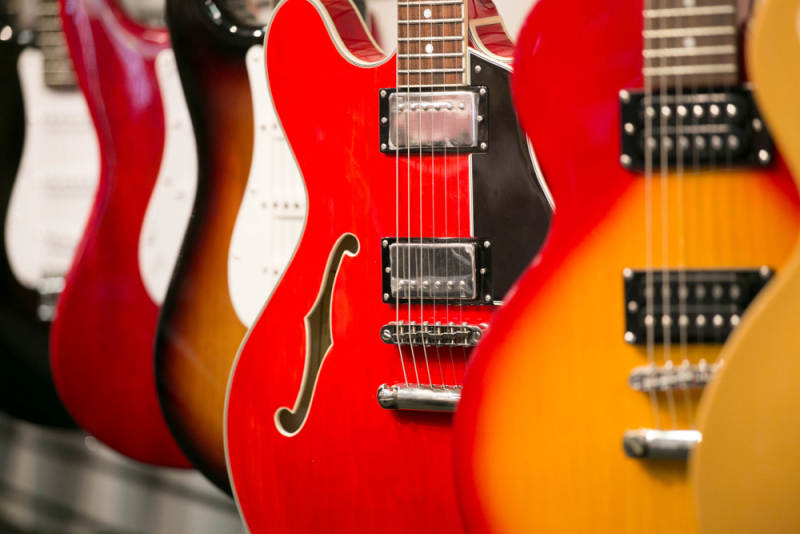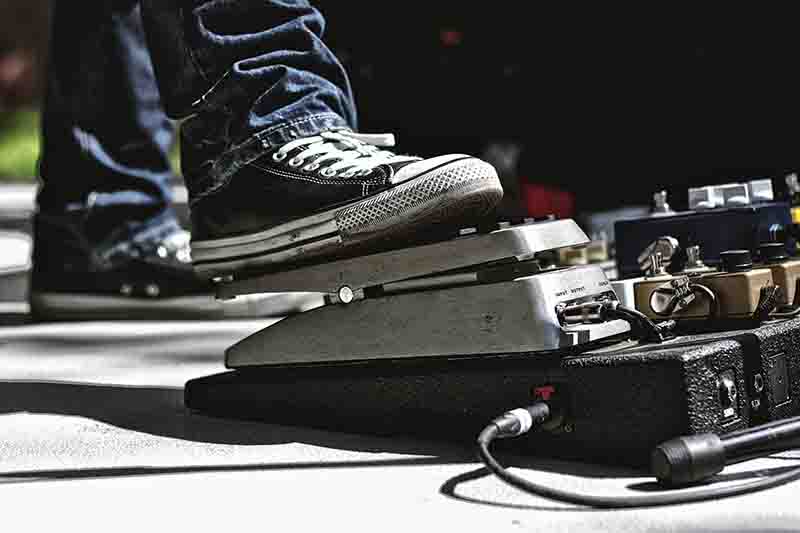April 09, 2015
Bass Guitar Buyer’s Guide
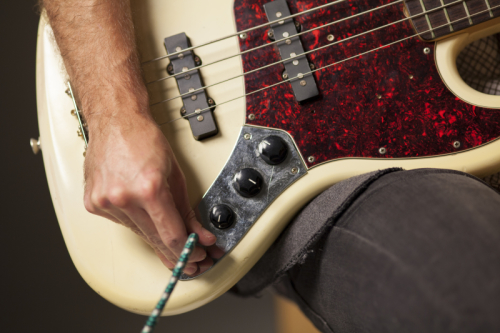

Buying Your First Bass Guitar
No matter what type of music you play, your role as a bass guitarist will be an important one, which is why you need to be sure that your first bass guitar is chosen wisely. The good news is that you’ll have no problem finding a model that’s easy to play, sounds great, and represents your own unique style and music tastes thanks to the wide range of beginner bass models that are available.
This buying guide has been assembled to help make your search for the perfect bass guitar a more enjoyable experience.
Bass Guitar Parts 101
Firstly, let’s take a look at the different components that make up the bass guitar. If you have friends or family who play the bass, or even a favorite bass player who you’ve seen in magazines or music videos, many of these parts might already look familiar to you. 

BASSics on Bass Types
Bass guitars come in a wide range of shapes and sizes. However, the right bass for you will come down to three main factors: the number of strings it has, whether or not the neck has frets, and the pickups it uses.
Strings
Bass guitars typically come in 4-, 5- and 6-string models. For those who are just starting, you’re better off sticking with a 4-string model that’s tuned to the standard E-A-D-G format. Most well-known rock groups go with this, and a 4-string bass will definitely be easier to play in the beginning stages. The neck of a 4-string bass guitar is also slimmer than a 5- or 6- string model, which makes it ideal for younger players with smaller hands. Of course, you can always move on to a 5- or 6-string bass guitar over time.
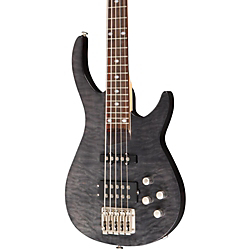

Frets
The two fretboard layouts you’ll encounter are known as fretted and fretless. The standard bass guitar neck is fretted, containing steel frets along the entire length of the fretboard. Basses with frets are naturally better to learn with, since they make finding the correct notes easier. On the other hand, fretless basses (as the name suggests) have no frets. Although fretless basses have a warm sound and play smoothly, beginners should stick with a fretted instrument so they can learn the proper fingering positions.
Pickups
The pickups on your bass have the job of turning string vibrations into electrical signals, which makes them a crucial part of the instrument. Usually, bass guitars have two sets of pickups: one near the fretboard, and another closer to the bridge. The pickup near the fretboard tends to create a smoother, low-end tone, while the one by the bridge produces a brighter, high-end sound.
Like guitars, bass pickups come in both single-coil and humbucker styles. Single-coils were the first pickup type, and are known for their sharp and focused sound. To help fight feedback, humbuckers were created soon after single-coils. Aside from cancelling out the hum commonly found with single-coils, humbuckers also produce a thicker tone.
While these are the two most common pickup types, you can also find a single-coil pickup that functions like a humbucker. These are called split-coil pickups, and combine the hum-free convenience of a humbucker with the bright sound of a single-coil. A good example of a split-coil can be found on the classic Fender Precision Bass.
Short Scale Basses – Another Choice for Beginners
Although most bass guitars have a 34” string length, you can also find models with a scale length of between 30” and 32”. These are known as short scale basses, and thanks to bass-playing legends like Paul McCartney, they were quite popular in the ’60s. Of course, a player’s physical size would be the main reason they might prefer a short scale bass to a long scale one. Featuring a shorter neck, less distance between frets, and lower string tension, short scale basses are an excellent choice for younger musicians.
An affordable short-scale Jaguar Bass with classic Fender style! Learn More.
Bolt-on or Neck Through?
Bass necks have two possible construction styles: bolt-on and neck-through. One isn’t better than the other, but each design has its benefits. Bolt-on necks are the most common type, with the neck bolted onto the body of the instrument. A big benefit of bolt-on necks are that they can be easily replaced if your current neck becomes damaged.
The other type, neck-through, involves the bass neck’s wood spanning the instrument’s entire length. Neck-through designs are constructed with several pieces of high-quality wood that are glued together. The big upside to a neck-through design is their ability to make a bass tone “ring out” longer (a property also known as “sustain”).
Tonewoods
The type of wood that is used for the body will also have a significant effect on the tone of a bass. If you’re still in the learning stages, you don’t have to worry too much about wood type, but if you’re shooting for a specific sound, then you’ll definitely want to know how certain woods can impact your tone. The 6 main bass body tonewoods are: Alder, Agathis, Ash, Basswood, Mahogany and Maple.
Alder – Produces a full and balanced tone with excellent clarity. For an example, check out the Fender American Deluxe Precision Bass.
Agathis – A popular and affordable wood, agathis provides a reasonably-balanced tone with plenty of low-mid range.
Ash – Bright and full like alder, several species of ash are used for bass guitar bodies, each offering their own subtle differences.
Special edition Jazz bass with an ash body, and a natural finish. Learn More.
Basswood – Basswood has very short sustain, which also makes it preferred by players of faster, more complex bass styles. Basswood is also very inexpensive.
Mahogany – Boasting a soft warmth with emphasis on the low-mid and lower-range tones, mahogany has great sustain, but it’s also quite heavy.
Ibanez SRR505 5-String Bass. Mahogany body provides naturally warm lows and sweet sustain. Learn More.
Maple – Another heavy wood, maple has exceptional sustain while producing a very clear tone. For this reason, many professional session players use bass guitars with maple bodies.
Beautiful 6-string bass from ESP. Limited edition with a spalted maple top. Learn More.
P-Bass VS J-Bass – Leaders of the Pack
The two most popular bass guitars of all time are the Fender Precision Bass and the Fender Jazz Bass. Each have “C”-shaped necks that are maple, with fingerboards available in maple, rosewood, and pao ferro. Both basses have bodies available in ash and alder wood types. Aside from these similarities, each model offers its own unique characteristics, covered below:
Fender Precision Bass
The very first electric bass back in 1951, the Fender Precision Bass originally contained a single-coil pickup until Leo Fender began to incorporate split-coil pickups in the instrument to give it a more solid sound. Precision necks have a fairly consistent thickness, and closer to the nut (the small piece of hard material under the strings, near the headstock) they taper in slightly. Fender Precision bodies are very comfortable to hold, and quite similar to the Stratocaster guitar.
Inspired by the most legendary bass of all time – the Fender P-Bass! Straight from the 50s. Learn more.
Fender Jazz Bass
First introduced in 1960, Leo Fender’s second electric bass model was the Fender Jazz Bass. These bass guitars have an offset-waist body that’s similar to a Jazzmaster guitar, and closer to the nut, their strings are narrowly spaced… resulting in a neck that many players feel is easier to form chords on. Equipped with dual humbucking pickups, the Jazz Bass is very versatile and preferred by bass players from countless genres, including jazz, funk, metal, and reggae.
Choosing the Right Bass Guitar for You
Now that you have an idea of what to look for when purchasing your first bass guitar, feel free to explore the many options available through Music & Arts and, when you do, remember to keep these thoughts in mind along the way:
- Stick with a 4-string model.
- Go with a fretted instrument to avoid any unnecessary learning curves.
- If you’re buying for a youngster, a short-scale bass is something to consider.
- Find a bass with a look and style that represents your own personal tastes. After all, owning an instrument that you love to look at will make you want to play it more often.
And last but not least, keep in mind that there are many affordable options that boast a high level of playability and sound quality. Remember, you want to go with something that provides you with years of enjoyment, and thankfully, many of the most well-known builders offer their own exceptional beginner bass guitar packages.
Fender Affinity Precision Bass Pack – Beginning bassists open the box, plug in, and rock. Complete with all accessories. Learn More.
If you do decide to get your gear a la carte… don’t forget your accessories:
- Amplifier – Don’t forget your amp! Amplifiers come in many varieties; once you finish here, visit the Amplifier Buyer’s Guide for more on Amps.
- Cable – You’ll need this to plug your bass into your amplifier. Below is the perfect beginner cable to get you started.
This 1/4″ cable from LiveWire is a great low-cost cable but high-quality cable. Learn More.
- Tuner – Smart bass players always have a tuner on them. There are several kinds to choose from, but the one below will do just fine.
The Snark SN-1 Guitar & Bass tuner is great all-around tuner for every player. It clips on to the headstock and picks up sound based on the vibrations of the strings. Shop Tuners
- Strap – Obviously straps are used to stand up, but it should also be a reflection of your personality and style. check out these various Fender straps.
Straps come in all shapes and sizes, and are mainly meant to express your personality. Shop Straps.
- Instrument Stand – Having a place to put your instrument other than the case will encourage practicing and decrease the chance of hurting the instrument.
- Hard-shell Case – Notice we recommend a hard-shell case and not a gig bag. Hard cases are much better at protecting your instrument, and worth the money.
- Extra Strings – Bass strings average about $20 for a beginner set, but you’ll be really glad you have an extra set when you pop one. Remember that MusicArts.com offers FREE shipping on orders over $9.99 and you can always visit a local store to get what you need.
Bright sound without premature fret wear. Wound with a nickel-plated steel known for its distinctive bright tone and excellent intonation. Learn More.
- Instructional Book – If you’re planning to teach yourself, start with a good instructional method book specific to bass guitar. Any method book with a DVD or CD is much easier to learn with.
- Music Lessons – Our network of instructors are eager to help get you started. Don’t waste time learning bad habits and start the right way today! Click here to learn more about bass lessons.
…and don’t forget to have fun! Return to Buyer’s Guide Home Page




